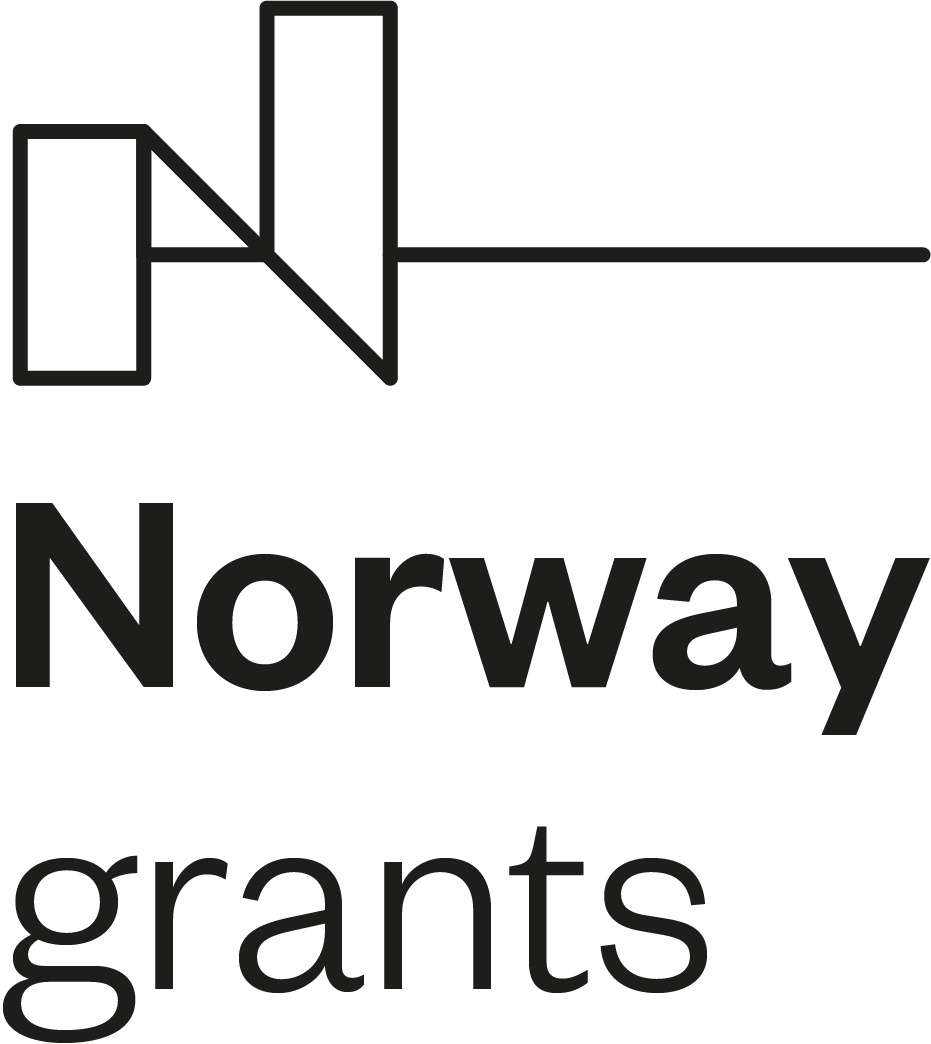Sexual exploitation and sexual abuse are among the most serious forms of violence against children.
The Council of Europe Convention on the Protection of Children against Sexual Exploitation and Sexual Abuse, also known as the Lanzarote Convention, is the most ambitious and comprehensive international legal instrument to date for the prevention of the sexual exploitation and sexual abuse of children, the protection of children from such crimes and the prosecution of perpetrators.
In its 2015 Implementation Report, the Committee of the signatories to the Lanzarote Convention identified the Icelandic Barnahus model as an example of promising practice. Barnahus is a child-friendly, multidisciplinary and inter-institutional model for the treatment of victims of sexual abuse and the provision of services to children who are victims or witnesses of violence. It enables effective cooperation between judicial, social and health institutions, which share space in a child-friendly building, thus preventing the secondary victimisation of the child. The Barnahus model's investigative procedures focus on the best interests of the child, taking into account that the child's testimony is crucial for identifying and investigating abuse, both for the purpose of law enforcement and for child protection and therapeutic treatment.
MYTHS AND TRUTHS ABOUT SEXUAL VIOLENCE AGAINST CHILDREN
MYTHS
TRUTHS
Children are most at risk from strangers
Research estimates that 70-85% of abuse is perpetrated by someone the child knows and trusts.
Sexual abuse of children is rare.
European studies show that 1 in 5 children are victims of sexual violence during their childhood. This figure includes various forms of sexual violence: domestic sexual abuse, sexual assault by peers, child pornography and prostitution, online solicitation, sexual harassment and corruption.
The perpetrators of sexual abuse are paedophiles.
Only a few percent of all perpetrators are paedophiles, i.e. people who have a sexual predisposition towards children. In most cases, the perpetrators are heterosexual men who have partnerships and sexual relationships with age-matched females and outwardly act quite "normal" and do not stand out in their surroundings.
Child sexual abuse is more likely to occur in certain settings.
Child sexual abuse is not related to economic status, the age of the perpetrator, race, nationality, culture, religion or any other social characteristic. Child sexual abuse occurs in all social settings.
The perpetrator uses physical force to commit the act.
Most of the time, perpetrators do not need to use physical force to involve in abuse a child who is in a position of dependence and subordination. They may win the child over by showing affection, making promises, giving gifts and/or by abusing their authority as adults to coerce the child into actions of a sexual nature.
Sexual abuse is sexual contact with a child.
Sexual abuse includes a number of actions of a sexual nature that do not involve sexual contact (showing pornography, showing off a body, touching, fondling, rubbing, masturbation). Through these acts, the perpetrator satisfies his or her need for power and control over the child. Sexual abuse involving sexual contact is more common in long-term abusers and in victims in their teens.
Sexual violence does not cause significant harm to the child.
On the contrary, sexual abuse can leave immediate effects on the child, such as a drop in educational achievement, social problems, emotional and behavioural problems, even hospitalisation for actual physical injuries caused by the abuse, and long-term consequences that affect adult life, especially in cases where:
- the abuse was perpetrated by a close significant other;
- the abuse was prolonged;
- adults failed to react properly, and failed to protect the child;
- there was secondary victimisation by adults and institutions;
- the child was not understood and did not receive support and help.
Women or mothers do not abuse children
Although they are a minority of perpetrators, women and mothers also sexually abuse children, both boys and girls.



